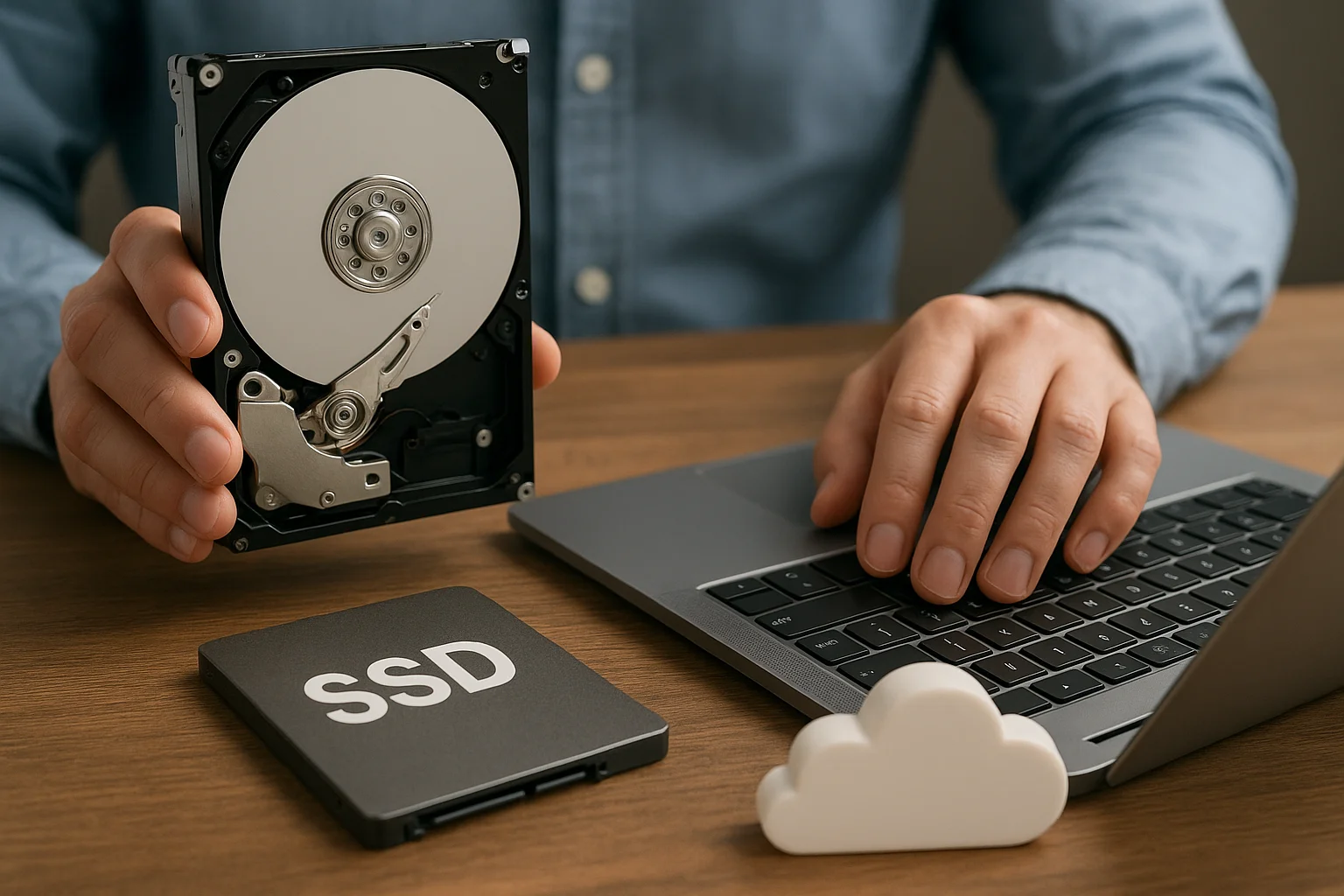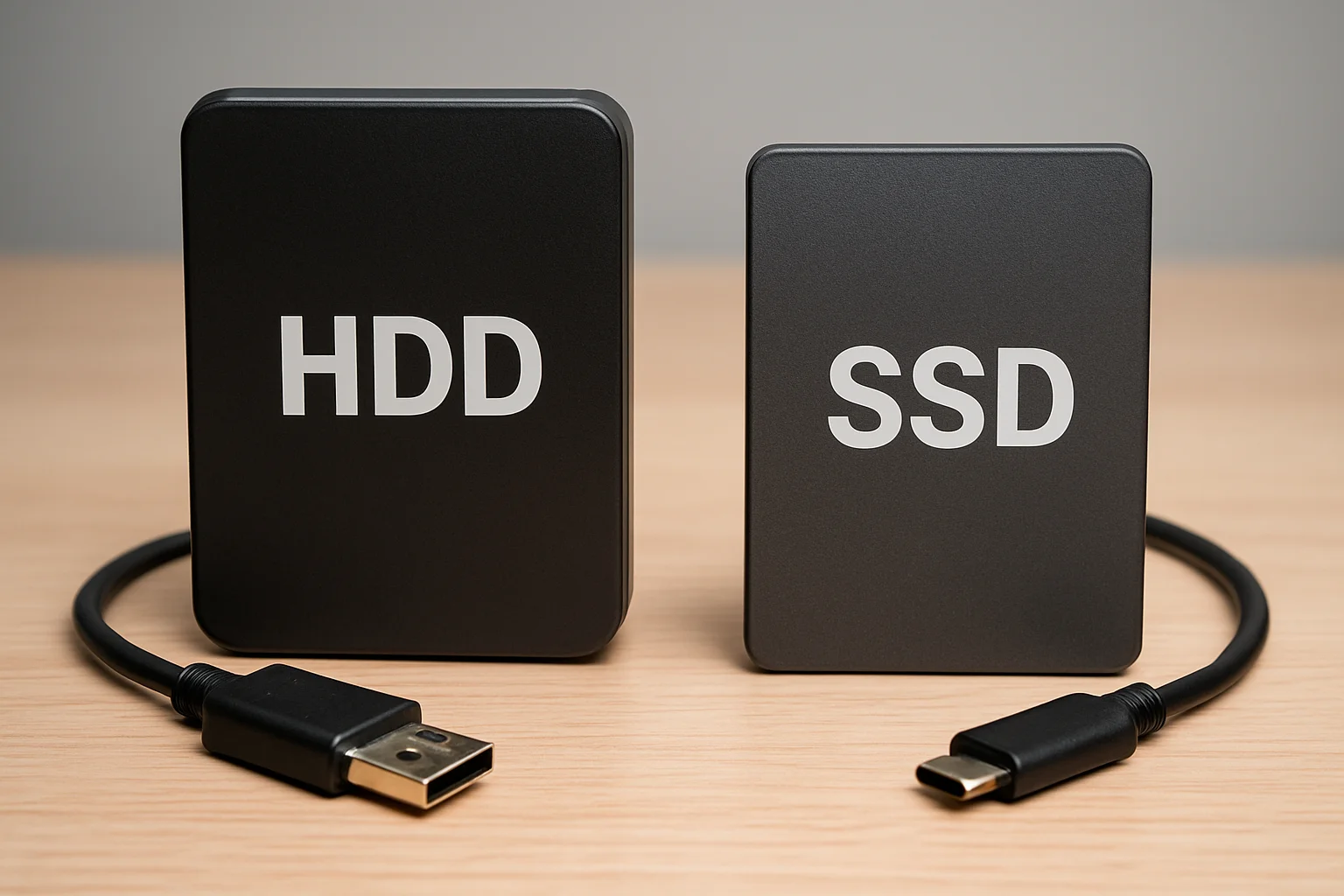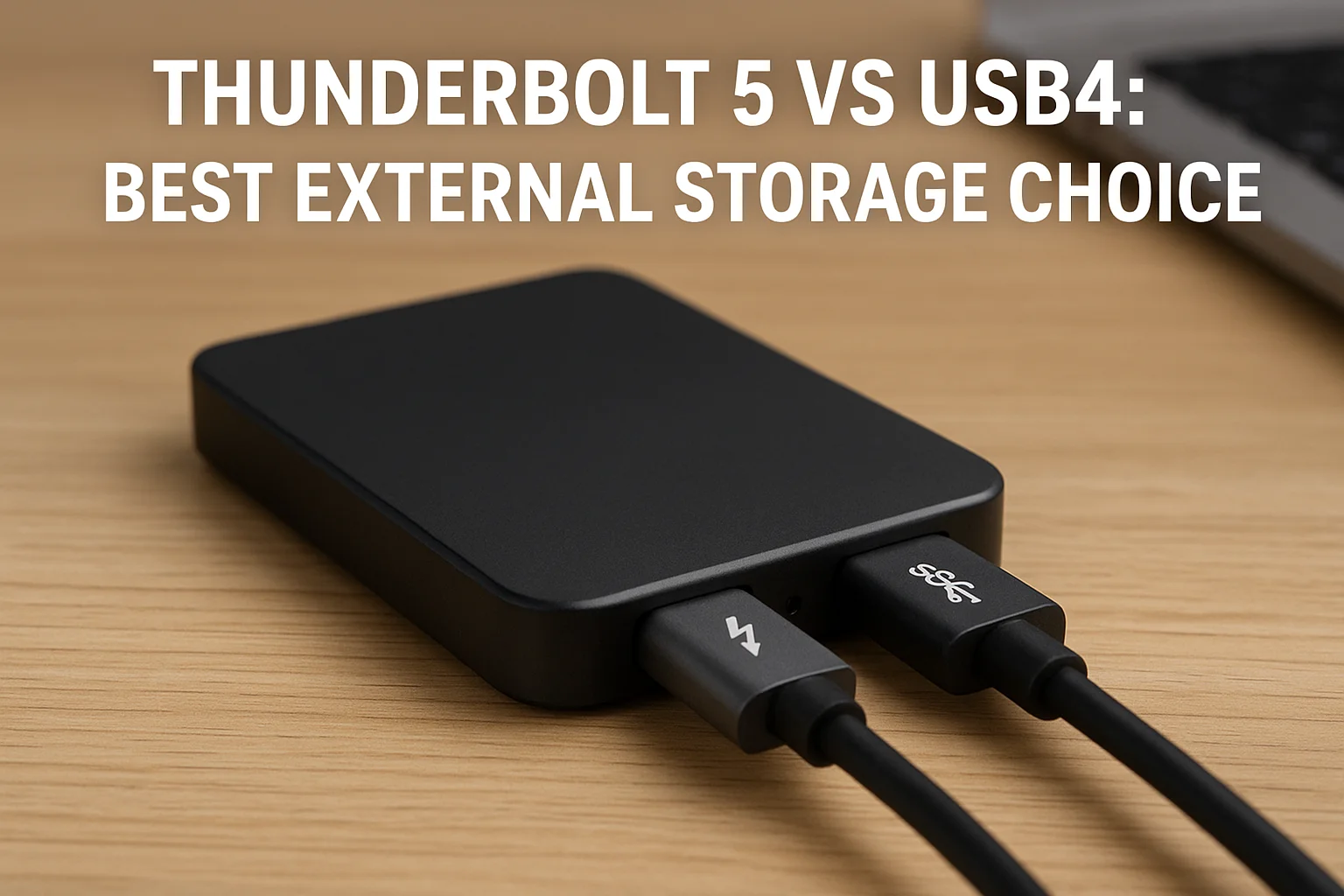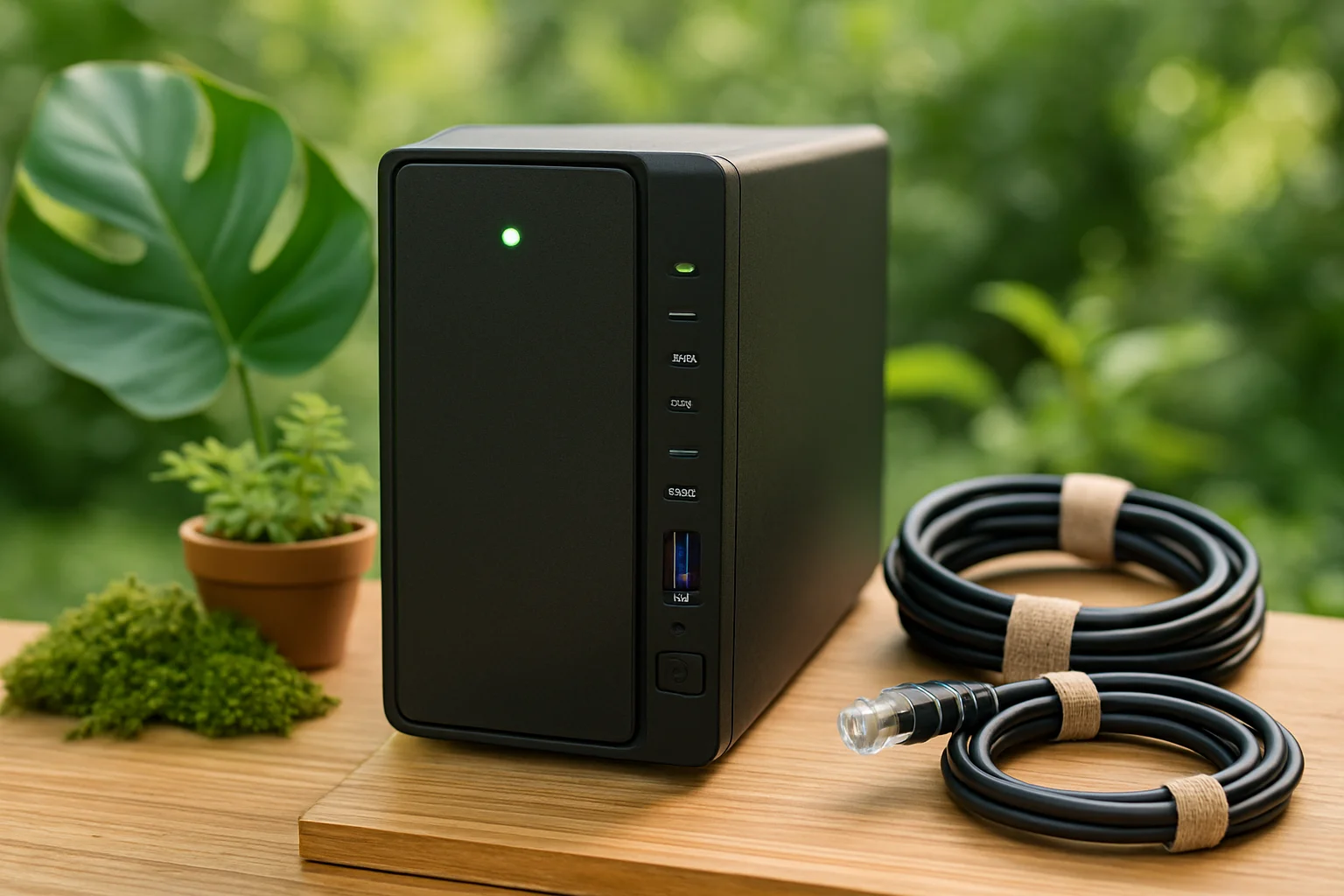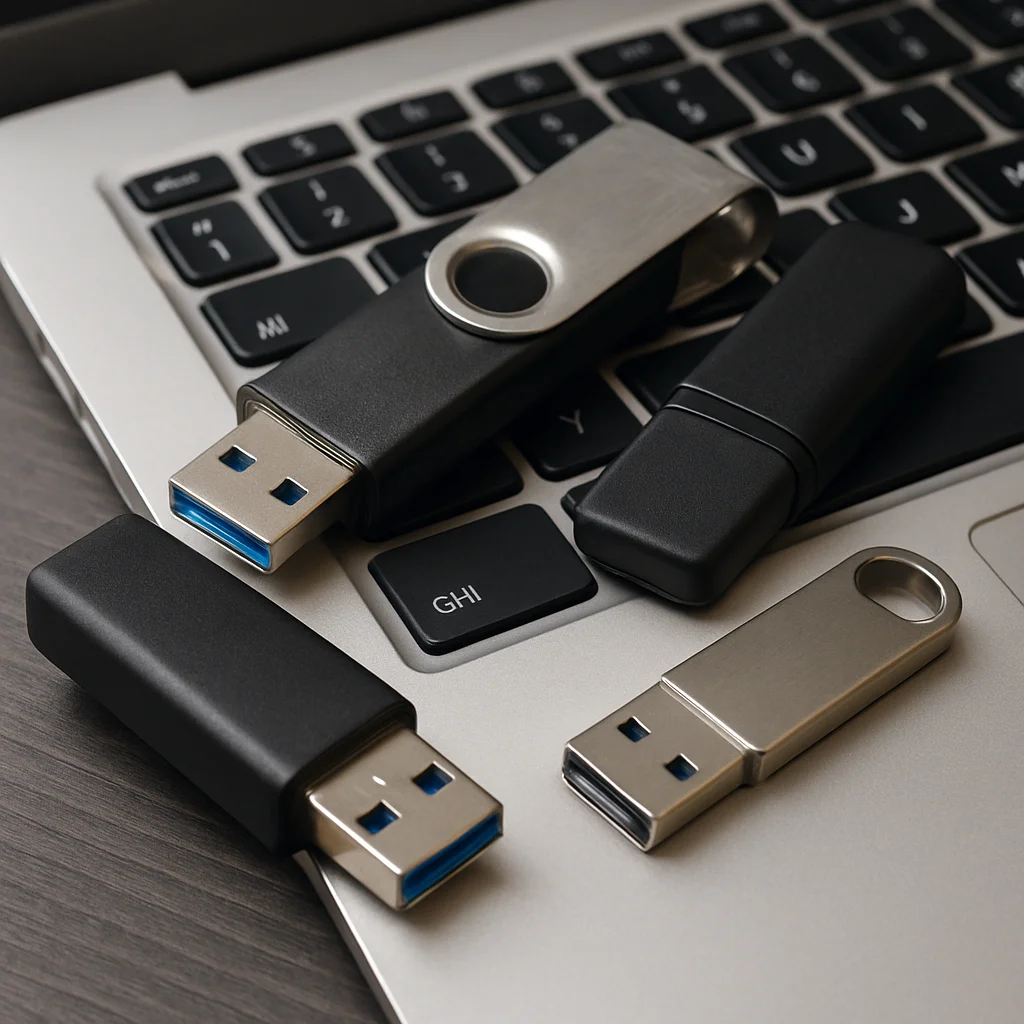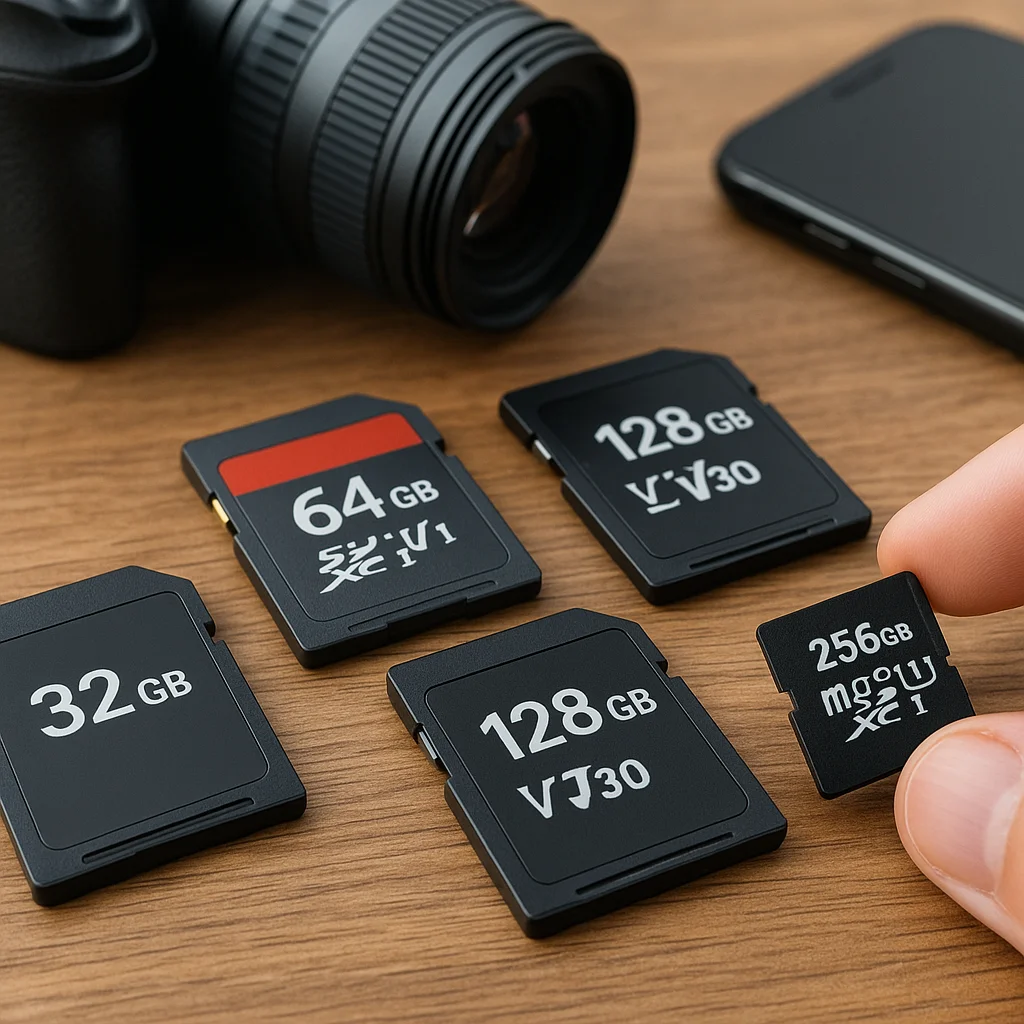Introduction to NAS: What Is It and Why You Might Need One
A NAS (Network Attached Storage) is a specialized device designed to store and share data over a network. Unlike traditional external hard drives that connect directly to a single computer via USB, a NAS connects to your local network via Ethernet, making its storage accessible to multiple users and devices simultaneously—whether they're in the same building or connected remotely.
At its core, a NAS is a small, dedicated server with one or more hard drive bays. It typically runs a lightweight, specialized operating system optimized for data storage, sharing, and protection. Many NAS systems also include a user-friendly web interface that allows you to configure and manage everything from user access to advanced backup and media server functions.
What makes NAS truly powerful is its ability to act as a centralized data hub. Instead of storing files across multiple laptops, USB drives, and cloud accounts, you can consolidate everything into one secure location. This reduces redundancy, improves organization, and makes data easier to manage and protect.
Here are a few examples of what you can do with a NAS:
- Store and organize all your files: documents, photos, videos, and music in one place, accessible anytime from any authorized device.
- Automate backups of your computers, smartphones, and tablets, protecting your data from hardware failures or accidental deletion.
- Stream media directly to TVs, smart devices, or apps like Plex, turning your NAS into a personal media center.
- Collaborate and share files with family members, team members, or clients through secure links or shared folders.
- Access your data remotely using a web interface or mobile app, without needing third-party cloud services.
Modern NAS units aren't just simple storage boxes—they’re versatile, secure, and scalable platforms that fit into many personal and professional environments. Whether you're a photographer needing fast access to large media libraries, a remote worker wanting reliable backups, or a family looking to store and stream content, a NAS can provide a powerful, flexible solution.
If you're unsure whether a NAS is right for you, the rest of this guide will help you evaluate your needs, compare models, and set everything up from scratch.
NAS vs. Cloud Storage vs. External Drives
When considering how to store, access, and protect your data, you’ll likely come across three main options: NAS (Network Attached Storage), cloud storage, and external drives. Each serves similar goals—data storage and accessibility—but they differ significantly in terms of functionality, ownership, cost, scalability, and privacy.
Ownership and Control
With an external drive, you have complete ownership and physical control of your data. However, it is limited to local access—unless you manually plug it into a device or a router that allows for sharing. Similarly, a NAS gives you total control over your data, but with the added benefit of network accessibility. You manage the storage, decide who has access, and determine where and how backups are made.
In contrast, cloud storage services like Google Drive, Dropbox, or OneDrive host your data on third-party servers. While this allows easy access from anywhere with an internet connection, you rely on a third party to maintain availability, enforce privacy, and handle security breaches. You also agree to their terms of service, which can sometimes limit what content you can store or how it's used.
Access and Connectivity
Cloud storage excels at remote access. It’s accessible from virtually any device with an internet connection and often includes seamless integration with mobile and desktop apps. NAS devices can also be accessed remotely, but may require initial setup of DDNS, VPN, or cloud relay services offered by NAS vendors (such as Synology’s QuickConnect).
External drives do not offer native remote access. If you're not physically connected to the drive, you can't use the data on it. Some routers offer USB ports to share an external drive over a local network, but this setup lacks the advanced features and security layers that a NAS provides.
Scalability and Storage Capacity
Most external drives are limited by their physical capacity. Once it’s full, your only options are to replace it or add another unit. Cloud storage plans typically start with limited space and can be expanded, but the cost increases monthly or yearly based on usage.
With a NAS, you can start small and scale up. Multi-bay NAS units allow you to add drives or upgrade them without losing data (thanks to features like RAID or hybrid RAID systems). You're investing once into hardware that can evolve with your needs.
Data Security and Privacy
NAS devices allow you to implement your own security policies: user authentication, encryption, firewall rules, and even physical isolation from the internet if needed. Your data never leaves your network unless you explicitly configure remote access or backups.
Cloud storage, while generally encrypted in transit and at rest, is hosted on infrastructure managed by third parties. Data breaches, misconfigurations, or privacy policy changes can expose your files. Additionally, certain services scan uploaded content for terms-of-use violations.
External drives offer physical security—if it’s unplugged and stored safely, it’s isolated from online threats. However, they are highly vulnerable to hardware failure, loss, or theft. Unless encrypted and backed up elsewhere, once the drive fails, data recovery can be expensive or impossible.
Cost Over Time
External drives have a low upfront cost, but they require manual backups and may need to be replaced regularly due to wear or limited capacity.
Cloud storage often starts free (5–15 GB), but any serious use—especially for media libraries, creative files, or business data—requires a paid plan. Costs scale with storage, sometimes making it more expensive than owning your own hardware over time.
NAS involves a higher initial investment for the unit and hard drives, but there's no monthly fee. Over the long term, especially for households or teams, it can become more economical—especially considering the broader functionality and lifetime value.
Functionality and Use Cases
An external drive is great for simple, direct backups or data transfer between devices. It's plug-and-play but offers no automation or multi-user access.
Cloud storage is ideal for collaboration, automatic synchronization, and offsite access without dealing with hardware. However, it’s less customizable and depends on stable internet access and provider reliability.
NAS stands out for users who want a blend of customization, control, remote access, and high storage capacity. It's the best option if you want a personal cloud, a media server, or a centralized backup solution that can grow with you.
Key Features to Look for in a NAS Device
Choosing the right NAS device involves understanding several important hardware and software features. These characteristics will affect your NAS's performance, scalability, security, and overall user experience. Here are the key aspects to consider when evaluating NAS options:
1. Number of Drive Bays
The number of bays determines how many hard drives or SSDs your NAS can hold. Entry-level NAS devices typically have 1 or 2 bays, while more advanced models can have 4, 6, 8, or even more bays. More bays mean:
- Greater storage capacity by combining multiple drives.
- The ability to use more RAID configurations for redundancy and improved performance.
- More flexibility to expand your storage over time by adding or swapping drives.
If you plan on storing large media libraries, running virtual machines, or backing up multiple devices, opting for a NAS with at least 4 bays is recommended.
2. Processor (CPU) and RAM
The CPU and memory inside a NAS affect how fast it can process data, serve files, and run additional applications. Consider:
- CPU: NAS units often use ARM-based processors for basic tasks or Intel/AMD x86 CPUs for more demanding workloads. If you plan to use your NAS for media transcoding (e.g., Plex), virtualization, or multiple simultaneous users, a faster, multi-core processor is essential.
- RAM: More RAM improves multitasking and caching. Entry-level NAS usually come with 1-2 GB of RAM, but higher-end models can support 8 GB or more, sometimes upgradable.
3. Network Connectivity
Network speed and reliability are crucial for a NAS, as it’s designed to be accessed over a network. Important considerations include:
- Ethernet ports: Most NAS devices come with at least one Gigabit Ethernet port. For better performance, some offer multiple ports that support link aggregation (combining bandwidth for higher speeds).
- 10 GbE support: Higher-end NAS may support 10 Gigabit Ethernet, ideal for very large file transfers or heavy multi-user environments.
- Wi-Fi: NAS devices rarely have built-in Wi-Fi. Instead, connect your NAS to your router or switch with Ethernet for the most stable and fastest connection.
4. Storage Type Compatibility
Check which types of drives the NAS supports. Most accept 3.5-inch HDDs and 2.5-inch SSDs, but some models also support M.2 NVMe SSDs for caching or ultra-fast storage tiers.
Using SSDs can significantly improve read/write speeds and responsiveness, especially when used for cache or dedicated storage pools. Hybrid configurations combining HDDs for bulk storage and SSDs for speed are common in modern NAS.
5. Operating System and User Interface
The NAS operating system is critical to usability and functionality. Leading brands offer proprietary OSes optimized for storage management and apps, such as:
- Synology DiskStation Manager (DSM) – known for its intuitive interface and robust app ecosystem.
- QNAP QTS – rich in features, supports virtualization, containers, and multimedia apps.
- TrueNAS CORE – open-source, ideal for advanced users requiring maximum customization and ZFS file system support.
Consider the availability of apps and add-ons for backups, media streaming, surveillance, cloud sync, and more when choosing the NAS OS.
6. Data Protection Features
Beyond hardware RAID support, many NAS units offer software features to protect your data, including:
- Snapshots: Instant, read-only copies of your data at specific points in time, enabling easy recovery from accidental deletions or ransomware attacks.
- Encryption: Hardware or software encryption to secure data at rest.
- Automated backups and replication: Schedule backups locally or to cloud services and replicate data to another NAS for disaster recovery.
7. USB and Expansion Options
Most NAS devices come with USB ports (USB 3.0 or USB-C) to connect external drives, printers, or UPS devices. Some offer expansion slots or support for expansion units to add more drive bays later on.
8. Multimedia and Application Support
If you plan to use your NAS as a media server, look for built-in support for Plex, DLNA, or other streaming protocols. Some NAS models also support running virtual machines, Docker containers, or surveillance camera management software.
9. Power Consumption and Noise Level
Consider where you’ll place your NAS. Home users might prefer low-noise models with energy-saving modes, while business environments might prioritize performance over sound and power usage.
10. Security Features
Look for NAS devices offering:
- Two-factor authentication (2FA) for login security.
- Firewall and IP blocking to protect against unauthorized access.
- Regular firmware updates from the manufacturer to patch vulnerabilities.

